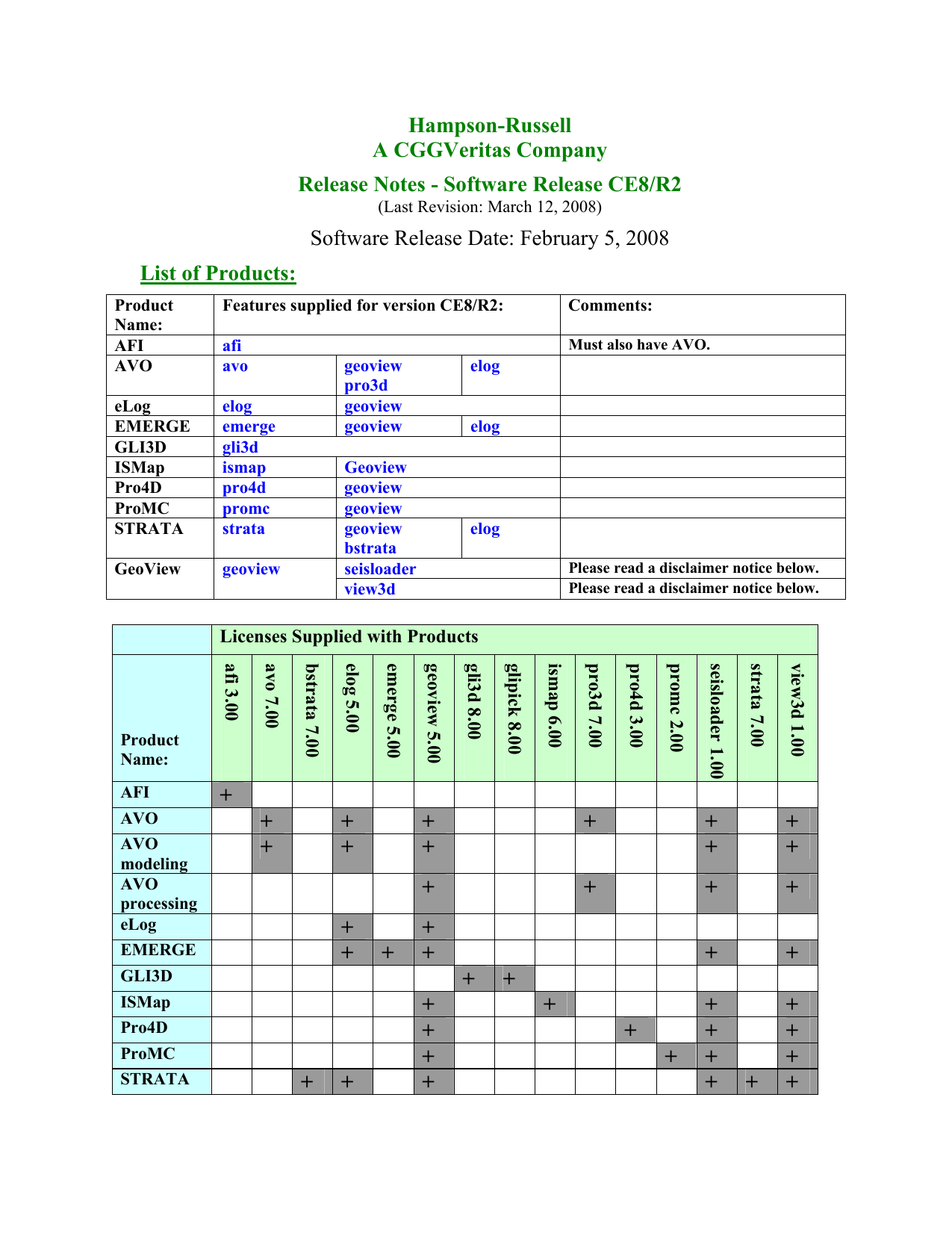

GPYSA7 0016-8033 Abstract Web of Science Google Scholar Eastwood, 1985, Relationships between compressional-wave and shear-wave velocities in clastic silicate rocks: Geophysics, 50, 571–581, doi: 10.1190/1.1441933. Lawton, 2002, A proposed polarity standard for multicomponent seismic data: Geophysics, 67, 1028–1037. Bortfeld, R., 1961, Approximations to the reflection and transmission coefficients of plane longitudinal and transverse waves: Geophysical Prospecting, 9, 485–502, doi: 10.1111/j.

Grechka, 2000, Estimation of fracture parameters from reflection seismic data - Part I: HTI model due to a single fracture set: Geophysics, 65, 1788–1802, doi: 10.1190/1.1444863. Richards, 2002, Quantitative seismology, 2nd ed.: W.H. Although I will largely focus on isotropic methods, the last part of the tutorial will extend the analysis to anisotropic reservoirs. The techniques will be illustrated using a 2D seismic example over a gas sand reservoir from Alberta. The objective of this tutorial is thus to make sense of all of these methods and show how they are interrelated. Seismic impedance methods include: independent and simultaneous P and S-impedance inversion, lambda-mu-rho analysis, Poisson impedance inversion, elastic impedance, and extended elastic impedance inversion. Seismic reflectivity methods include: near and far trace stacking, intercept versus gradient analysis, and the fluid factor analysis. Those techniques that are based on the seismic reflection coefficient series, or seismic reflectivity for short, are called amplitude variation with offset methods, and those that are based on the seismic impedance are referred to as prestack amplitude inversion methods. I show that these techniques can be classified as being based on the computation and analysis of either some type of seismic reflection coefficient series or seismic impedance. In this tutorial, I present an overview of the techniques that are in use for prestack seismic amplitude analysis, current and historical.


 0 kommentar(er)
0 kommentar(er)
